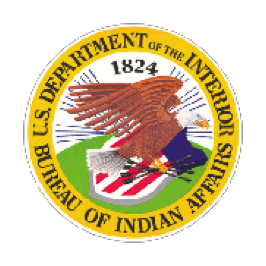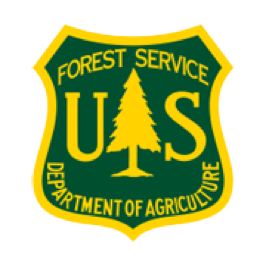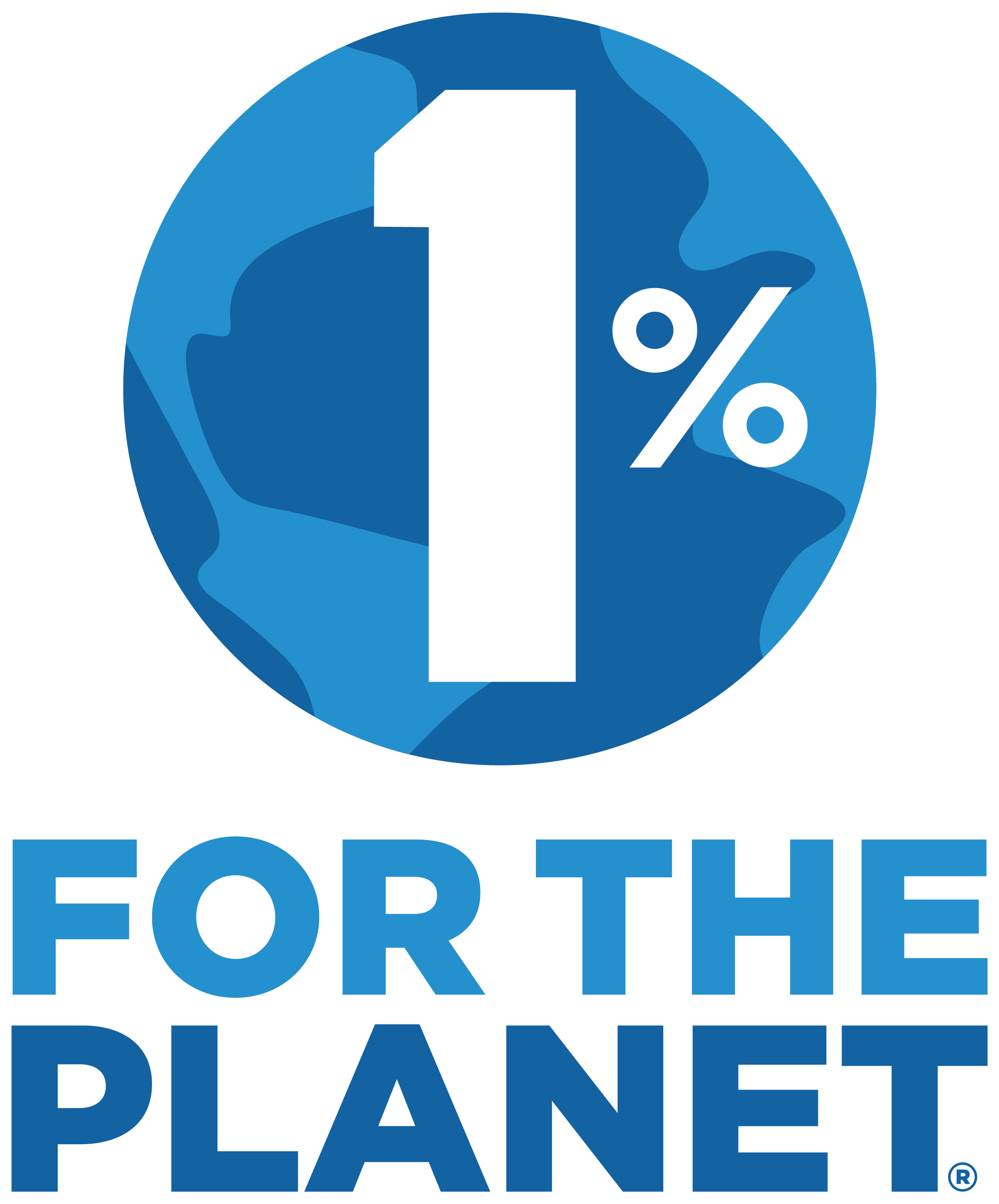Wildlife Health
WILDLIFE HEALTH
The interconnection between people, animals, plants, and their shared environment is an integral part of effective natural resource management. Healthy and functioning wildlife populations and ecosystems are essential to human survival and wellbeing. Unfortunately, habitat loss and degradation, overexploitation, climate change and global disease transmission increasingly threaten wildlife health.
TRIBAL IMPACT
Since time immemorial, Tribes have depended upon the land and waterways for subsistence throughout the year. Outbreaks of diseases, whether it impacts plants & animals (terrestrial species), birds (avian species) or aquatic species within lakes, rivers & streams can lead to population declines and species extinctions and that is a direct threat to the health and wellbeing of Tribal communities.
Disease does not respect borders; infections and pollutants travel beyond their source locations, causing problems across large expanses of the landscape. Tribes must be able to respond to wildlife diseases and manage in ways that address the health and needs of plants, animals, and the environments in which they live.
NAFWS ACTION
Tribal fish & wildlife programs need the ability to prepare, monitor, detect, and respond to threats to wildlife health on their lands. NAFWS assists Tribal conservation professionals in all aspects of wildlife disease management as requested, including technical assistance, outreach, training, funding and through dispersal of educational materials, and providing continual relevant wildlife health updates on our website.
NAFWS Resources
Additional Resources
Wildlife Disease Updates
NAFWS provides technical support for Tribal fish & wildlife departments managing wildlife diseases. The following are examples of ongoing wildlife disease outbreaks Tribes may need to manage.
- Highly Pathogenic Avian Influenza
- African Swine Fever
- Chronic Wasting Disease
- SARS-CoV-2
- Whirling Disease

HIGHLY PATHOGENIC AVIAN INFLUENZA (HPAI)
Impacts: Highly Pathogenic Avian Influenza (HPAI) is a virus impacting poultry (commercial & backyard flocks) and some wild bird species causing severe disease and mortality of up to 90-100%. On rare occasions, Avian influenza (or bird flu) can also infect humans.
Action: Tribal Nations stand to be impacted by HPAI as it continues to spread. See HPAI cases in proximity to Tribal lands. Bio-security measures including risk reduction guidelines for backyard and commercial poultry, hunters, and wildlife managers is available through the USDA Defend the Flock Resource Center.
Tribes are encouraged to download a Printable HPAI Alert to post in public spaces.
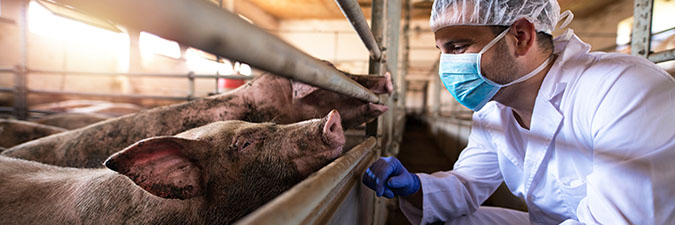
AFRICAN SWINE FEVER (ASF)
Impacts: African Swine Fever is a deadly viral disease impacting domestic and feral swine. The disease can be transmitted through direct contact, contact with contaminated feed or equipment, and insects (soft ticks). While it is not a threat to human health or food safety at this time, it does pose an economic threat to livestock producers.
Action: Tribes with backyard swine stand to be impacted by ASF, particularly those in areas with feral swine. Biosecurity measures including risk reduction guidelines for pork producers, small farms, and veterinarians are available through the USDA Protect Our Pigs campaign. Biologists and hunters should also follow biosecurity measures. Report animals with any signs of ASF to the USDA at 1-866-536-7593.

CHRONIC WASTING DISEASE
Impacts: Chronic Wasting Disease (CWD) is a highly contagious and fatal neurological disease that affects deer, elk, reindeer, sika deer, and moose. As of February 2022, CWD has been identified in 29 U.S. states, 4 Canadian provinces, Norway, Sweden, Finland, and South Korea.
Action: In 2021, NAFWS developed the Chronic Wasting Disease Project to aid Tribal natural resources personnel to manage CWD on Tribal lands. Learn more.
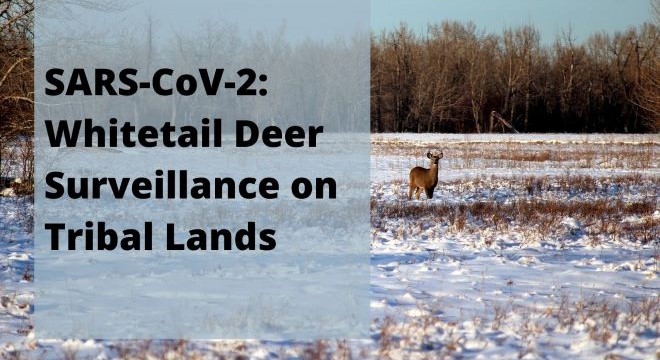
SARS-CoV-2 (COVID-19)
Impact: SARS-CoV-2 (or COVID-19) is a highly contagious virus that has spread globally since first identified in 2019. In addition to spreading through human populations, the cases in captive and wild animal populations have been confirmed. The transmission of the virus between human and animal populations threatens both human and wildlife health
Action: Utilizing risk reduction strategies, such as these guidelines for Tribal biologists and hunters, protects both human and animal health. Additionally, the USDA APHIS has begun monitoring white-tailed deer populations and has funding available for SARS-CoV-2 surveillance on Tribal lands.

WHIRLING DISEASE
Impact: Whirling disease is caused by a parasite (Myxobolus cerebralis) that penetrates the head and spinal cartilage of fish causing them to swim erratically (whirl) and making it difficult for the fish to feed or avoid predators. The fast spreading parasite impacts salmonids, including many species of commercial, subsistence and recreational importance (e.g. rainbow trout, kokanee salmon, cutthroat trout). Whirling disease has been detected in 25 states. Download factsheet.
Action: Preventing parasite introduction is the best method of managing whirling disease (e.g., disinfecting boats, angler education). In areas effected by whirling disease, agencies have developed techniques to assess risk, monitor for parasites, eradicate them in hatcheries, isolate infected streams, and minimize impacts through stocking older fish. Watch this video on sign, symptoms, and treatments.
